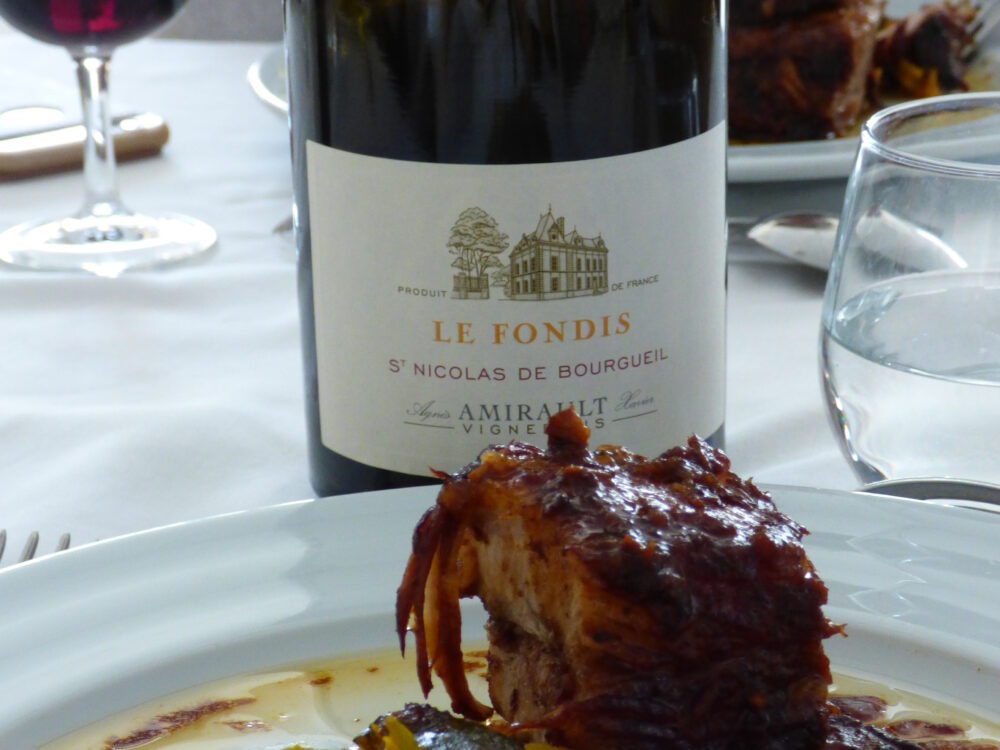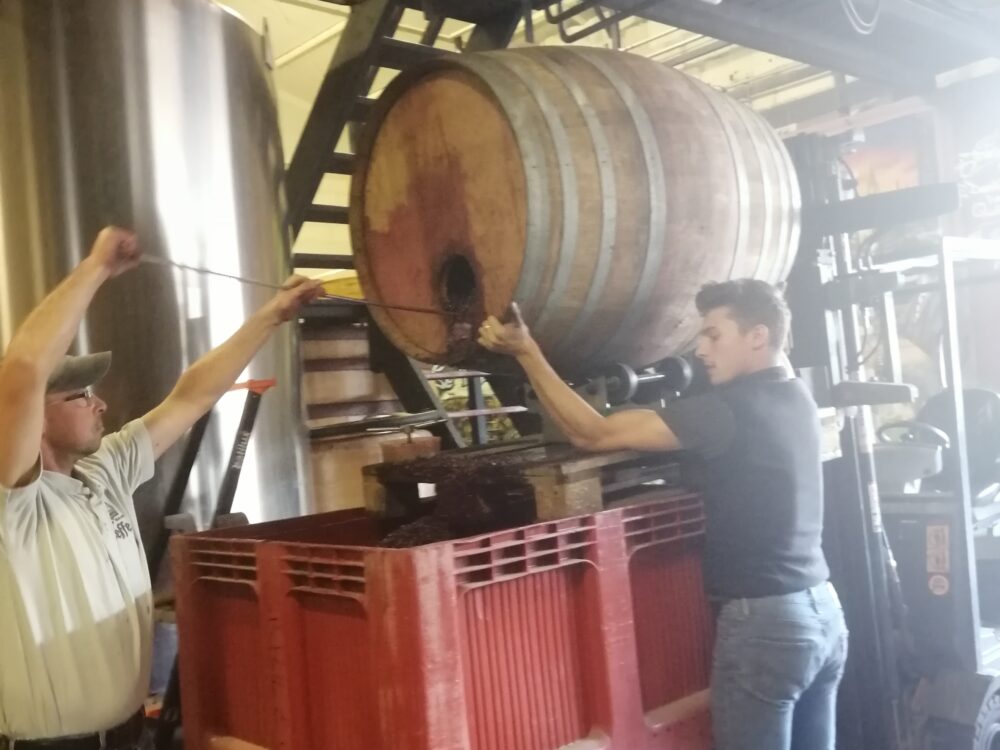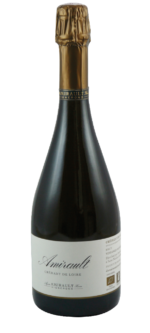

LE FONDIS
Origin
The vineyard’s reputation for producing fine wines goes back over 300 years. Indeed, LE FONDIS, was singled out for its fine wine on a map of the period delimiting the best fruit and vegetable growing areas in the region.
All that stands between Le Fondis and a “cru” classification is, we believe, an application because it meets all the other criteria: it is easier to maintain (we devote 30% less time to Le Fondis than to our other vineyards), is less susceptible to disease and always produces beautiful grapes.
Viticulture
On this type of soil – deep gravel on clay – it is important to maintain a balance to ensure the vine does not succumb to the vagaries of the weather (drought, heavy rainfall).
We achieve this balance by adding a small quantity of our own compost, prepared with biodynamic ingredients. At the start of winter, we dig the compost in very close to the surface. In spring, the green cover, kept under control by the natural flora, has a greater influence on the rate of growth of the vine to produce wines which are very true to terroir.
Vinification and Ageing
Our aim is to harvest a perfectly healthy grape at optimal ripeness.
The bunches are destemmed, and the grapes sorted a second time before fermentation begins using the “vinification intégrale” method. (Click on the link to watch the Video).
This involves putting the berries directly into demi-muids (500L oak barrels from Atelier Centre France) and using only natural yeasts. Nothing is added !
The grapes are macerated for 3 to 5 weeks and the barrels are turned several times a week for the first two weeks.
Ageing: Once the wine has been drawn off, we gently press the marc (the skins and pips left over from the maceration). The juice obtained is blended with the free-run juice and returned to the same barrels, to be matured for 18 to 24 months.


























